For centuries, before the digital age and its instant gratification, a different kind of magic captivated audiences young and old: the magic of clockwork. These intricate mechanisms, powered not by electricity but by tightly wound springs and precisely cut gears, brought inanimate objects to life. Clockwork toys, and their more sophisticated cousins, the automata, represent a fascinating intersection of engineering, artistry, and the enduring human desire for playful wonder. This article delves into the history of clockwork toys, exploring their evolution from complex courtly displays to beloved children’s companions, and examining the cultural impact of these mechanical marvels.
The Ancestors of Play: Early Automata and Mechanical Marvels
The story doesn’t begin with toys, but with timekeeping. The invention of the mechanical clock in the late Middle Ages laid the groundwork for all subsequent clockwork devices. Early clocks weren’t just about telling time; they were statements of wealth, power, and ingenuity. The complex mechanisms required skilled craftsmanship, and soon, clockmakers began to push the boundaries of what was possible. Around the 15th century, the first true automata began to appear – not as toys, but as elaborate clockwork displays designed to amaze and impress.
These early automata were often integrated into grand clocks, adorning cathedrals and palaces. They weren’t simple figures; they were miniature theatrical performances. Think of the Strasbourg Cathedral clock, completed in 1574, which features a complex astronomical clock with moving figures representing the apostles and Christ. These weren’t created for children; they were demonstrations of mechanical prowess intended to glorify God and the skills of the craftsman. The Islamic world also boasts a rich tradition of automata, with Al-Jazari, a 12th-century polymath, designing and constructing complex automated devices, including musical automata and hand-washing machines. His work, documented in The Book of Knowledge of Ingenious Mechanical Devices, showcases a remarkable understanding of mechanics and engineering far ahead of its time.
The Rise of the Toy: Clockwork for the Masses (and the Royal)
The 18th century witnessed a significant shift. While elaborate automata continued to be commissioned by the wealthy and powerful – Frederick the Great of Prussia was a renowned collector – clockwork mechanisms began to trickle down, becoming smaller, more affordable, and increasingly geared towards entertainment. This was partly due to advances in manufacturing techniques and the standardization of parts. The development of the balance spring, in particular, allowed for more compact and reliable clockwork mechanisms.
French clockmakers, particularly those in Paris, became renowned for producing exquisite clockwork toys. These weren’t the plastic, battery-operated toys of today. They were often crafted from brass, steel, and wood, and were meticulously hand-decorated. Common themes included birds, animals, and human figures performing simple actions – a bird singing, a drummer beating a drum, a lady writing a letter. These toys weren’t cheap, but they were within reach of a growing middle class. They were status symbols, showcasing a family’s refinement and access to the latest innovations.
Royal patronage also played a role. Royal courts were fascinated by automata and clockwork toys, commissioning elaborate pieces as gifts and curiosities. This demand fueled innovation and encouraged clockmakers to create ever more complex and sophisticated devices. The fascination with mechanics extended beyond simple amusement; it reflected a broader Enlightenment interest in understanding the workings of the universe, often viewing the world as a grand, intricate machine.
The Golden Age: 19th-Century Clockwork and the Victorian Era
The 19th century, particularly the Victorian era, is often considered the golden age of clockwork toys. The Industrial Revolution brought mass production techniques, making clockwork toys more accessible to a wider audience. While hand-crafted pieces remained highly valued, the ability to produce components in larger quantities significantly lowered costs.
This period saw a proliferation of clockwork toys. There were walking and tumbling dolls, miniature locomotives chugging along tracks, acrobatic figures performing feats of agility, and a whole host of mechanical animals – lions, tigers, bears, and more – all brought to life by intricate clockwork mechanisms. German toymakers, particularly those in the regions of Nuremberg and Sonneberg, dominated the market, becoming renowned for their quality and ingenuity. Brands like Märklin and Bing became household names, producing elaborate clockwork trains and other mechanical marvels.
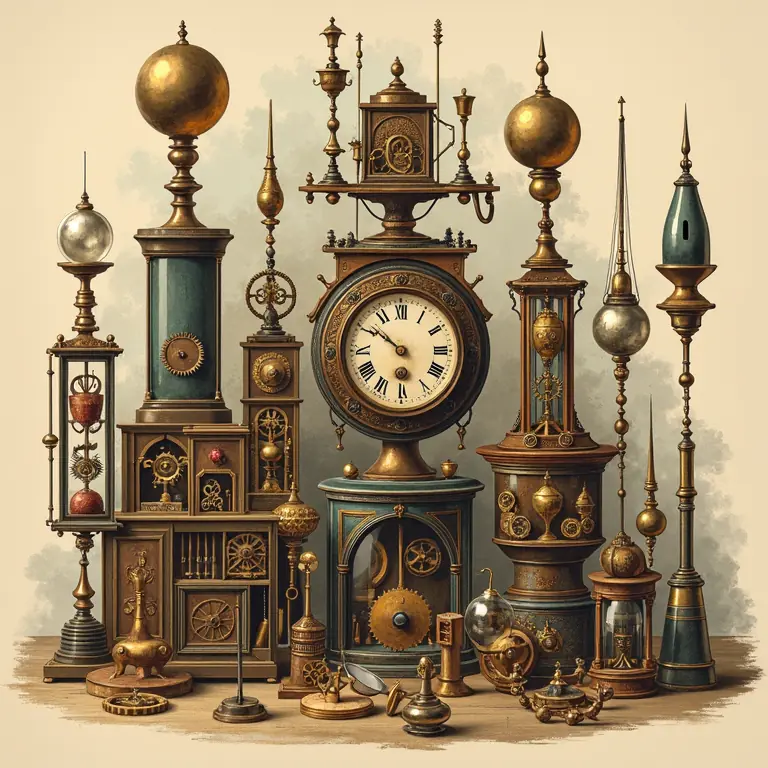
The Victorian fascination with natural history also influenced the design of clockwork toys. Mechanical birds that sang and flapped their wings were particularly popular, mimicking the beauty and complexity of the natural world. These toys weren’t just entertainment; they were educational tools, introducing children to the wonders of science and engineering. The era’s penchant for sentimentality and moral instruction also found its way into clockwork toys, with some designed to teach lessons about hard work, perseverance, and good behavior.
The Mechanics of Delight: How Clockwork Toys Work
At the heart of every clockwork toy lies a simple yet ingenious mechanism. The process begins with a mainspring, a tightly coiled strip of metal that stores potential energy. This spring is wound using a key, increasing its tension. When released, the spring unwinds, transferring its energy to a series of gears.
These gears are carefully arranged to control the speed and direction of the toy’s movements. Different gear ratios determine how quickly or slowly a particular part of the toy will move. A ratchet and pawl mechanism prevents the spring from unwinding too quickly, regulating the release of energy. Cams and levers are used to translate the rotary motion of the gears into linear or reciprocating motions, creating the desired actions – the flapping of wings, the movement of limbs, or the drumming of a miniature percussionist.
The skill of the clockmaker lies in designing and assembling these components with precision. Even a slight misalignment or imperfection can prevent the toy from functioning correctly. The materials used are also crucial. Brass and steel are commonly used for their durability and resistance to wear. The quality of the lubrication also plays a vital role in ensuring smooth and reliable operation.
Beyond Entertainment: The Cultural Significance of Clockwork Toys
Clockwork toys weren’t just about providing amusement; they reflected and shaped cultural values. In the 18th and 19th centuries, they embodied the Enlightenment’s fascination with reason, order, and the power of human ingenuity. They were seen as miniature representations of the universe itself, demonstrating the principles of mechanics and the interconnectedness of all things.
The rise of clockwork toys also coincided with the development of a more distinct concept of childhood. As societies became more affluent, children were increasingly seen as individuals with unique needs and interests, rather than simply miniature adults. Clockwork toys provided a safe and engaging way for children to explore their creativity, imagination, and problem-solving skills. They fostered a sense of wonder and encouraged a fascination with the mechanical world.
Furthermore, the popularity of clockwork toys spurred innovation in other areas of technology. The skills and techniques developed in the creation of these toys were often applied to the development of other mechanical devices, contributing to the broader advancement of engineering and manufacturing. The aesthetic influence can also be seen in art and design, inspiring artists and designers to explore the beauty and complexity of mechanical forms. For a deeper dive into the historical context of mechanical devices, you might enjoy reading about celestial globes and their intricate mechanics.
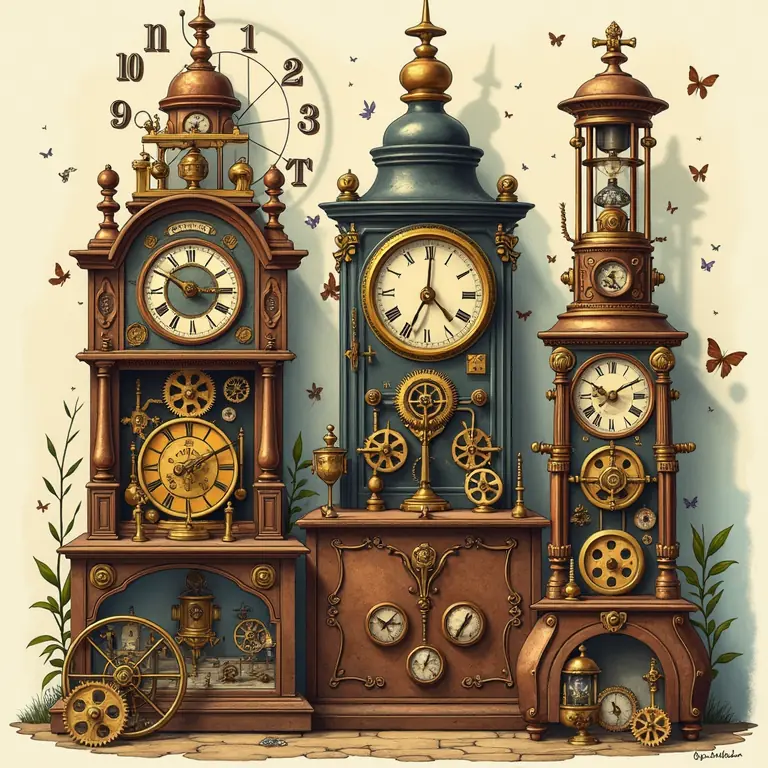
The Legacy Continues: Clockwork in the Modern Era
While the advent of electronic toys in the 20th century led to a decline in the popularity of traditional clockwork toys, the fascination with these mechanical marvels has never entirely disappeared. Today, there is a resurgence of interest in clockwork toys, driven by a desire for authenticity, craftsmanship, and a connection to the past.
Collectors around the world actively seek out antique clockwork toys, appreciating their historical significance and artistic merit. Contemporary artists and engineers are also creating new clockwork toys, often blending traditional techniques with modern materials and designs. These modern creations demonstrate that the principles of clockwork remain as relevant and captivating as ever.
The influence of clockwork can also be seen in the design of modern robots and automated systems. The fundamental principles of mechanics, gearing, and control that underpin clockwork toys are still essential to the development of these advanced technologies.
Moreover, the enduring appeal of clockwork toys speaks to a fundamental human desire for playful exploration and mechanical ingenuity. They remind us of a time when entertainment was less about instant gratification and more about appreciating the artistry and skill that went into creating something truly special. To understand the broader historical appreciation for complex mechanical devices, consider exploring the history of celestial mechanics.
The Allure of the Past: Collecting and Preserving Clockwork Toys
For collectors, the allure of clockwork toys lies not just in their aesthetic appeal but also in their historical significance. Each toy tells a story about the era in which it was made, the skills of the craftsman who created it, and the cultural values of the time.
Preserving these delicate artifacts requires careful attention. Clockwork toys are susceptible to damage from rust, corrosion, and mechanical wear. Regular cleaning, lubrication, and careful handling are essential to maintaining their condition. Collectors often seek out specialized restoration services to repair damaged mechanisms and restore faded finishes.
Museums and historical societies also play a vital role in preserving clockwork toys for future generations. These institutions curate collections, conduct research, and educate the public about the history and significance of these mechanical marvels. The study of clockwork toys offers insights into the history of technology, art, and culture, providing a unique window into the past. The dedication to preserving historical objects is mirrored in fields like culinary history; explore lost recipes and their preservation for a parallel example.
From Gears to Games: The Evolution of Playful Figures
The craftsmanship that went into clockwork toys also influenced the creation of other playful figures. While not all toys were mechanical, the attention to detail and the desire to create engaging characters were common threads. The evolution of board game pieces, for example, showcases a similar dedication to design and functionality. From simple pawns to intricately sculpted plastic figures, board game pieces have undergone a remarkable transformation over the centuries, mirroring the changing tastes and technologies of each era. You can delve deeper into this history by examining the evolution of board game pieces.
The Echoes of Mechanics: Resonance and Ritual
Interestingly, the principles of mechanics and resonance, central to clockwork, also found expression in other areas of historical culture. The design of historical echo chambers, for example, relied on precise acoustic engineering to create specific reverberation effects. These chambers were often used for religious rituals, musical performances, and even scientific experiments, demonstrating a deep understanding of the relationship between sound, space, and human perception. For a fascinating exploration of this connection, consider the acoustics of historical echo chambers.
In conclusion, the curious chronicle of clockwork toys is a testament to human ingenuity, artistry, and the enduring power of play. From their origins as complex courtly displays to their evolution as beloved children’s companions, clockwork toys have captivated audiences for centuries. Their legacy continues to inspire artists, engineers, and collectors alike, reminding us of a time when the magic of mechanics brought inanimate objects to life.
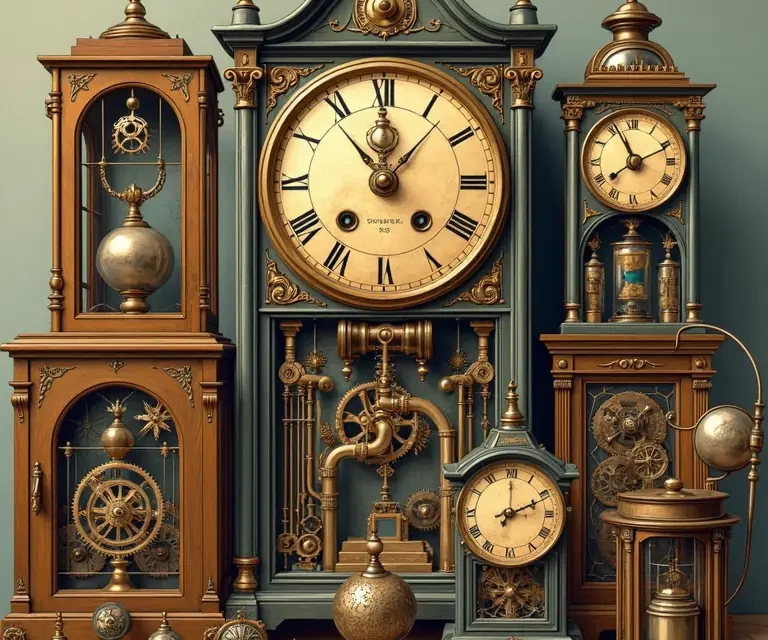

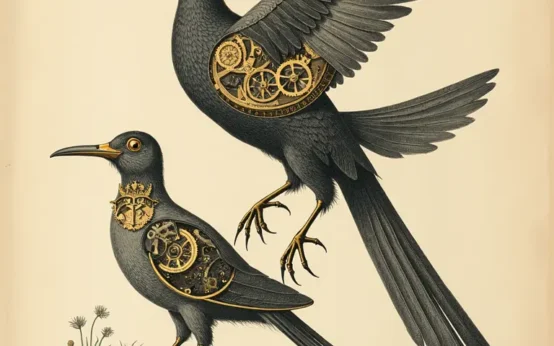 The Curious Mechanics of Automaton Birds: A History of Feathered Clockwork
The Curious Mechanics of Automaton Birds: A History of Feathered Clockwork 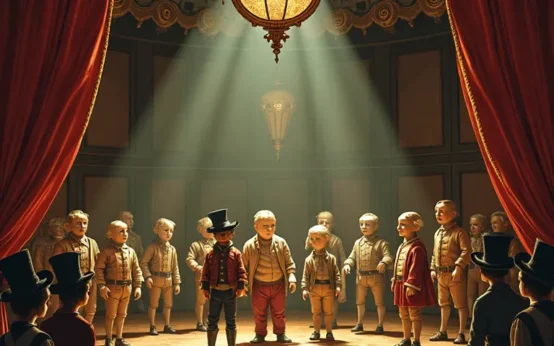 The Curious Mechanics of Automaton Theatre: A History of Miniature Stages
The Curious Mechanics of Automaton Theatre: A History of Miniature Stages